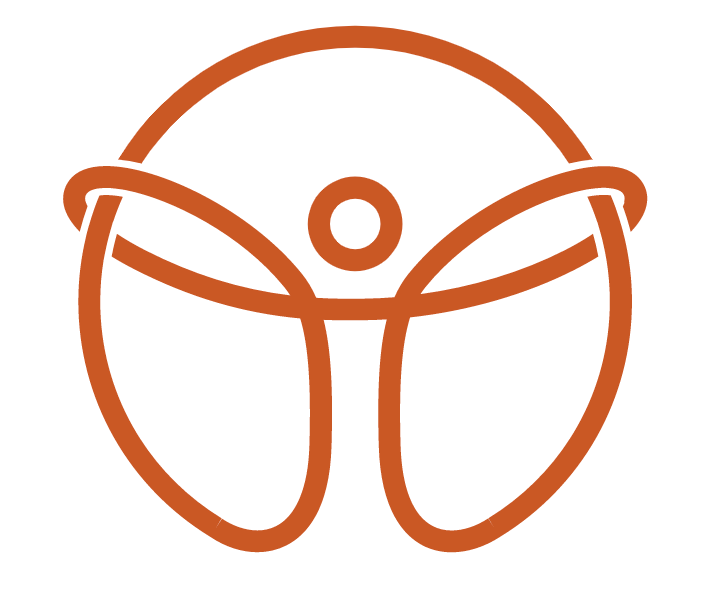4 tips for proper backpack wear
As all of our young children return to school this week, its an important time to highlight some tips for proper backpack wear and the implications a heavy, improperly carried backpack might be affecting your child. As a sports chiropractor, I often see young athletes and students who come in with complaints of back, neck, and shoulder pain. While these issues can stem from various sources, one common culprit is improper backpack wear. With the school year in full swing, it’s crucial to address how wearing a backpack correctly can make a significant difference in a student's posture and overall musculoskeletal health.
The Weight of the Problem
A school backpack is a necessity for most students, carrying everything from books and laptops to lunches and gym clothes. However, the convenience of a backpack can quickly turn into a source of strain if not worn properly. According to the American Chiropractic Association, a backpack should ideally weigh no more than 10-15% of a student's body weight. Unfortunately, many students carry far more than this, leading to undue stress on their developing spines.
Postural Effects of Improper Backpack Wear
When a backpack is too heavy or worn incorrectly, it can cause significant postural imbalances. One of the most common issues is a forward head posture, where the head juts out in front of the shoulders. This happens because the extra weight pulls the student’s center of gravity backward, causing them to lean forward to compensate. Over time, this can lead to chronic neck pain and even contribute to conditions such as kyphosis, where the upper back becomes excessively rounded.
Another common postural issue is uneven shoulder height, which occurs when a backpack is slung over one shoulder instead of being worn on both. This asymmetrical load causes the student to hike up one shoulder to keep the bag from slipping off, leading to muscle imbalances. Over time, this can result in scoliosis-like curvatures in the spine, which can be difficult to correct without intervention.
Biomechanical Impact of Improper Backpack Use
From a bio-mechanical perspective, the improper wear of a backpack can have far-reaching consequences. The additional weight forces the spine and muscles to work harder to maintain balance, leading to muscle fatigue and strain. The lumbar spine, in particular, bears a significant portion of this load, which can result in lower back pain.
Improper backpack wear can also affect gait and movement patterns. A heavy or poorly positioned backpack can cause the student to take shorter, uneven steps, which may lead to compensatory patterns in other parts of the body. Over time, this can contribute to issues such as hip and knee pain, as well as reduced athletic performance.
4 Tips for Proper Backpack Wear
To prevent these issues, it’s essential to follow a few simple guidelines:
1. Choose the Right Backpack: Opt for a backpack that is appropriately sized for the student’s body. Look for padded shoulder straps, a padded back, and multiple compartments to help distribute the weight evenly.
2. Wear Both Straps: Always use both shoulder straps to ensure that the weight is distributed evenly across the shoulders and back. Adjust the straps so that the backpack sits snugly against the middle of the back, not too low or too high.
3. Pack Smart: Encourage students to only carry what they need for the day. Heavier items should be packed closest to the back to reduce strain.
4. Lighten the Load: Regularly review the contents of the backpack and remove any unnecessary items. If the backpack is still too heavy, consider a rolling backpack as an alternative.
Proper backpack wear is a simple yet effective way to prevent unnecessary pain and injury. By educating students, parents, and educators on the importance of correct backpack use, we can promote better posture, reduce the risk of injury, and support the long-term health of our children’s spines.

